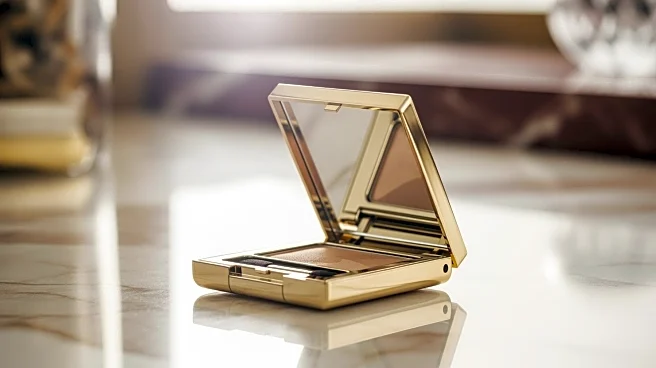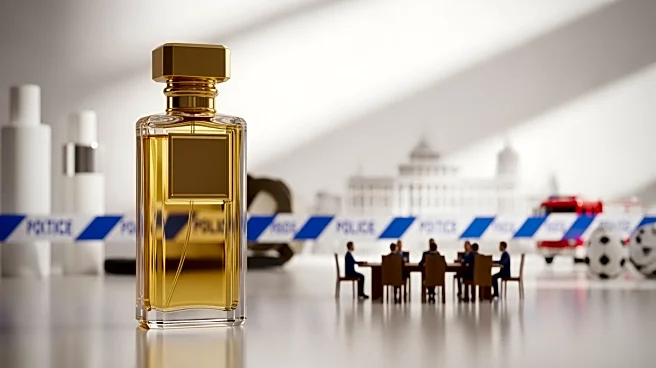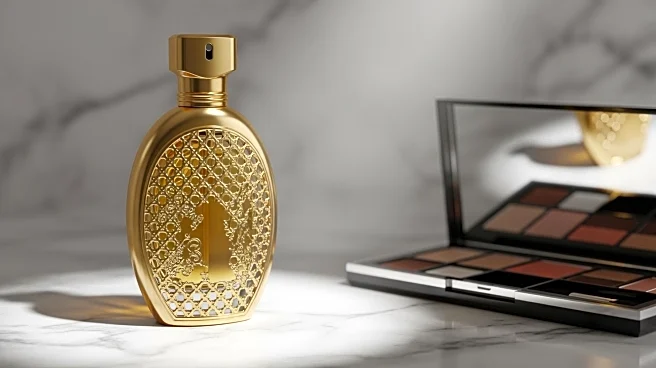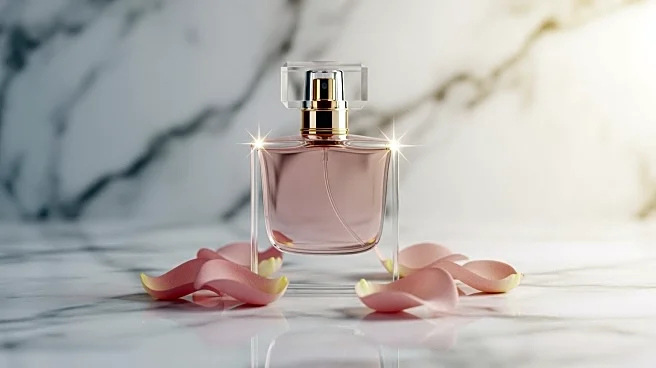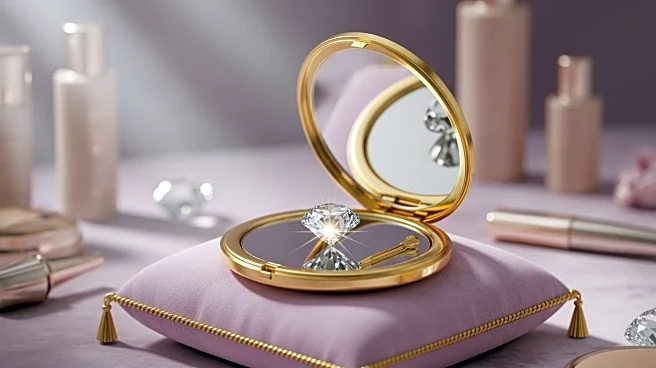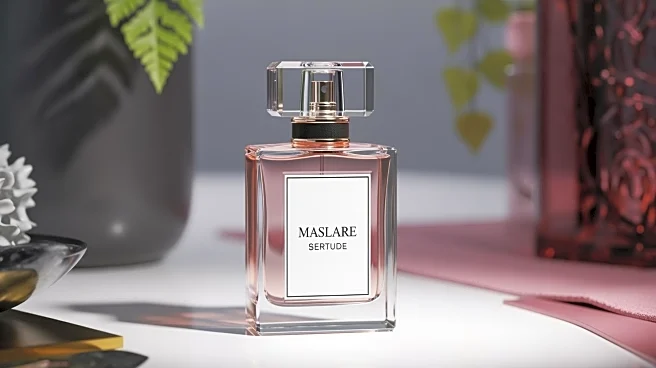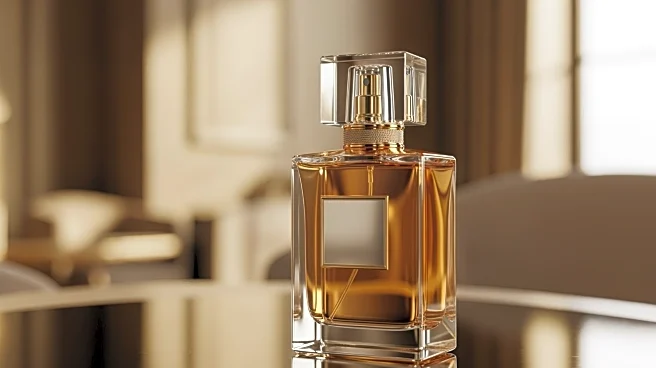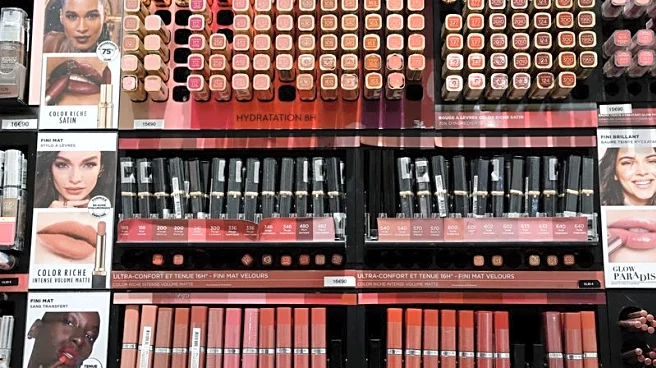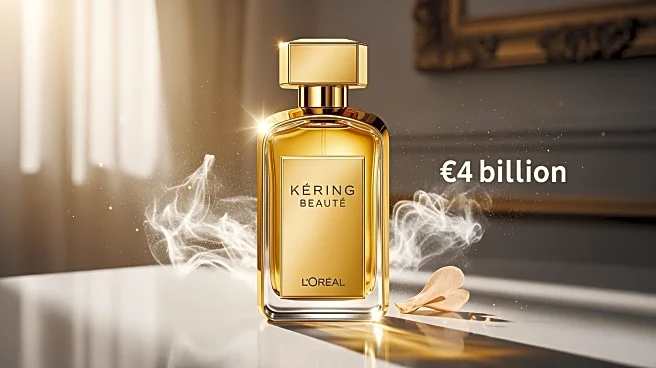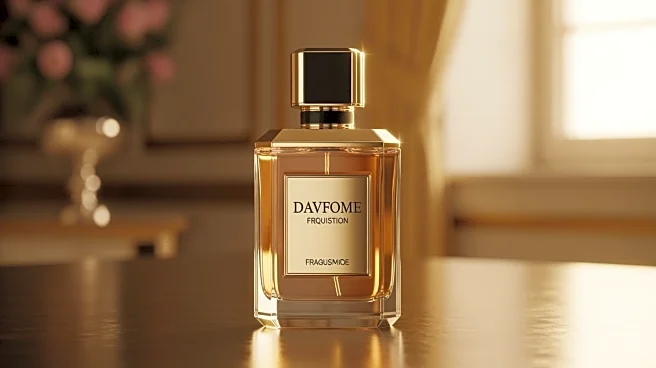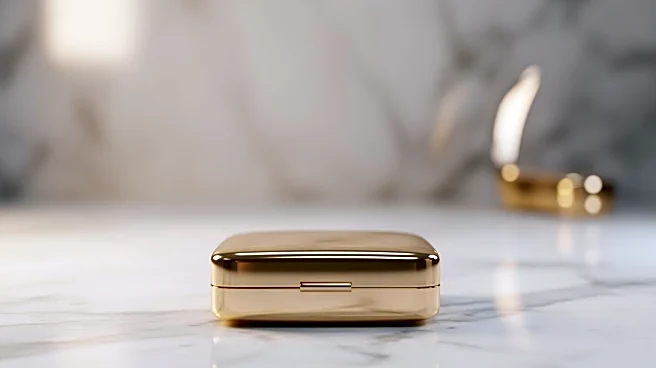What's Happening?
L’Oréal has reported a recovery in its China business, driven by increased demand for luxury products. In the third quarter, like-for-like sales in North Asia rose by 4.7%, surpassing analyst expectations
of 3.2%. This marks an improvement from the previous quarter when sales in the region declined. The growth in mainland China accelerated to mid-single digits, supported by a resurgence in luxury product demand. L’Oréal's luxe unit, which includes brands like Lancôme and Helena Rubinstein, has been bolstered by a recent €4 billion acquisition deal with Kering SA, involving fragrance maker House of Creed and licenses for fashion labels such as Gucci.
Why It's Important?
The recovery in L’Oréal's China sales is significant as it highlights the resilience of the luxury market in the region. Despite overall group sales falling short of estimates, the strong performance in China underscores the importance of luxury products in driving growth. This trend reflects broader consumer preferences for high-end goods, which can influence market strategies and investment decisions. The acquisition of Kering's beauty brands and licenses further strengthens L’Oréal's position in the luxury segment, potentially enhancing its competitive edge and market share. The company's strategic focus on luxury products may also impact its global sales performance and brand positioning.
What's Next?
L’Oréal's recent acquisition deal with Kering SA is expected to expand its luxury product offerings and strengthen its market presence. As the company integrates these new brands and licenses, it may focus on developing innovative beauty products and marketing strategies to capitalize on the growing demand for luxury goods. Additionally, L’Oréal's reshuffled top management, including the appointment of Alexis Perakis-Valat as head of North America, may drive further strategic initiatives to enhance sales performance. The company's ongoing efforts to expand its luxury division could lead to increased investment in product development and marketing, potentially influencing industry trends and consumer preferences.
Beyond the Headlines
The recovery in L’Oréal's China sales amid rising luxury demand may have broader implications for the global beauty industry. As consumer preferences shift towards high-end products, companies may need to adapt their strategies to cater to this demand. This could lead to increased competition among luxury brands and drive innovation in product offerings and marketing approaches. Additionally, the focus on luxury goods may influence supply chain dynamics and manufacturing processes, as companies seek to meet consumer expectations for quality and exclusivity. The evolving landscape of the beauty industry may also impact regulatory and sustainability practices, as brands strive to balance luxury appeal with environmental responsibility.
